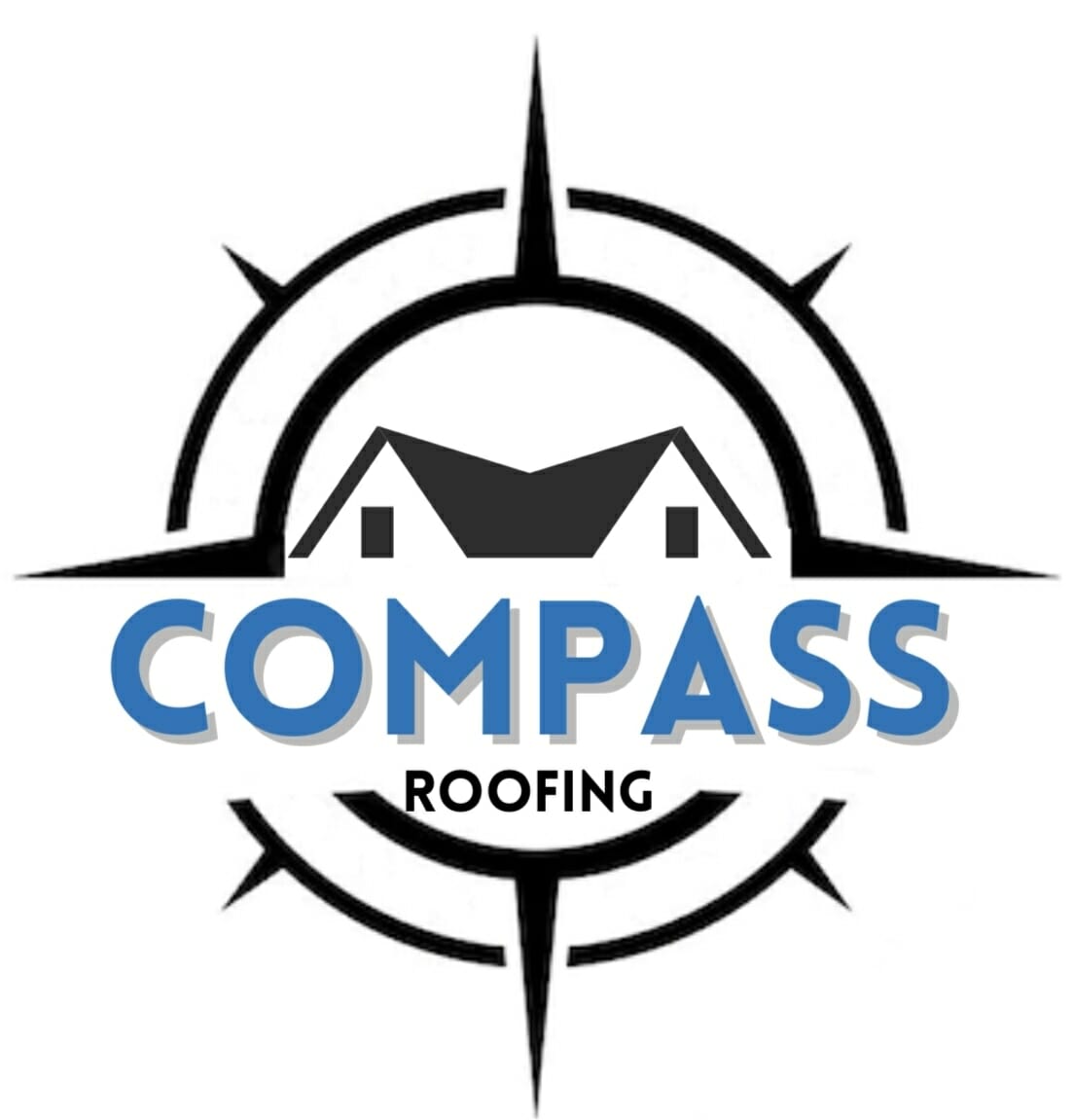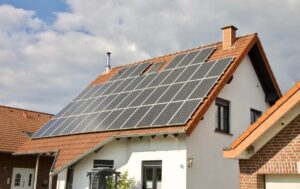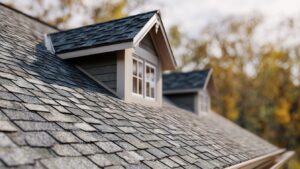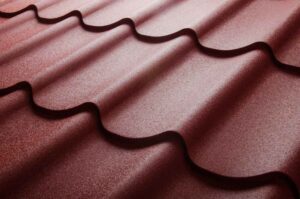Sustainable building is no longer a niche topic—it’s a top priority for many homeowners, builders, and communities across Texas and beyond. As energy costs climb and environmental concerns grow, more property owners are turning to solutions that reduce their carbon footprint and lower long-term costs. One of the best ways to do both? Installing a metal roof.
So, why are metal roofs a green choice? From energy savings and recyclability to durability and waste reduction, metal roofing systems offer a compelling list of eco-friendly benefits. In this blog, we’ll walk through each reason metal roofing supports a more sustainable future—and how Compass Roofing TX helps homeowners make environmentally responsible roofing decisions that don’t sacrifice performance or style.
What Makes a Roof “Green”?
To be considered environmentally friendly, a roofing system should meet several key criteria:
- Durability to reduce replacement frequency
- Energy efficiency to reduce power consumption
- Recyclability to reduce landfill waste
- Low maintenance requirements over time
- Material sourcing with minimal environmental impact
Metal roofing checks all of these boxes—and adds several others that asphalt and other materials simply can’t match.
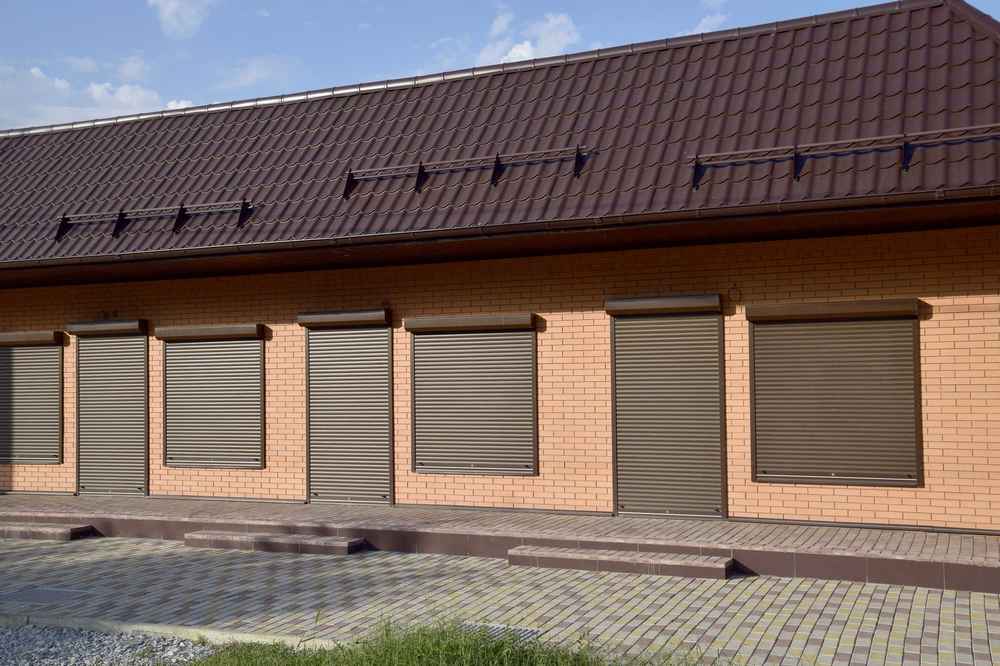
Metal Roofing Is Built to Last
A typical asphalt roof lasts 15 to 25 years, depending on the weather, installation quality, and upkeep. In contrast, metal roofs routinely last 40 to 70 years with proper installation. Some premium systems, such as copper or zinc roofs, can last even longer.
That means fewer replacements, less material waste, and a significantly reduced environmental impact over time.
In terms of sustainable design, longevity is one of the most important metrics, and metal roofing delivers more usable years per dollar—and per pound of material—than virtually any other system available.
Metal Roofing Reduces Energy Consumption
Metal roofing reflects sunlight and radiant heat instead of absorbing it like dark asphalt shingles. This keeps your home cooler and reduces the demand on your air conditioning system—especially during long Texas summers.
According to the U.S. Department of Energy, “cool roofing materials” like reflective metal can cut energy use by 10–15% on average, particularly in hot climates. That’s less energy consumed, fewer emissions from power plants, and lower monthly utility bills for homeowners.
Modern metal roofing systems can also be paired with “cool roof” coatings, which further improve solar reflectivity and thermal emittance.
100% Recyclable and Often Made from Recycled Content
Unlike asphalt shingles—which typically end up in landfills after removal—metal roofing is 100% recyclable at the end of its life. Not only that, but many metal roofs are made with a high percentage of recycled steel, aluminum, or copper from the start.
This drastically reduces the environmental impact associated with manufacturing and disposal.
According to the Environmental Protection Agency (EPA), the construction industry generates millions of tons of waste each year. Metal roofing helps mitigate that by:
- Reducing landfill contributions
- Decreasing the need for raw material extraction
- Supporting circular manufacturing practices
If you’re aiming for a more sustainable home, choosing a roof that keeps materials in use—and out of landfills—is a big step in the right direction.
Solar-Ready and Easy to Retrofit
Another reason metal roofs are a green choice: they’re solar-friendly. Many homeowners eventually want to install solar panels, and metal roofing makes that process easier and more efficient.
Standing seam metal roofs in particular allow for non-penetrating solar panel mounting. This avoids the need for drilling holes in your roof deck—preserving the roof’s integrity and preventing leaks.
Metal roofing and solar panels also complement each other in terms of lifespan, both designed to last 25+ years or more. Installing them together maximizes ROI and environmental savings.
Fewer Repairs and Less Maintenance
Maintaining a roof requires time, resources, and often harsh cleaning chemicals. Metal roofs, however, are naturally resistant to moss, mildew, pests, and rot, which means fewer repairs and less maintenance over time.
This results in:
- Less use of chemical cleaners
- Fewer service-related emissions from repeated contractor visits
- Reduced consumption of replacement parts and materials
If you want a roofing system that requires minimal intervention to keep performing efficiently, metal is a top-tier green option.
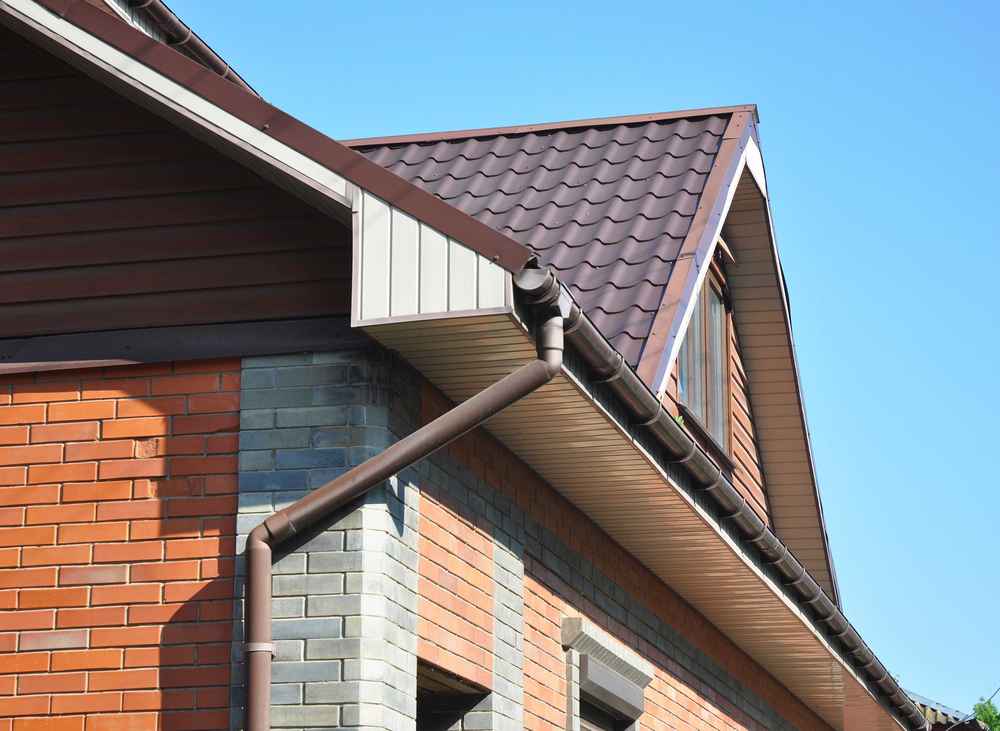
Lightweight Materials Reduce Structural Load
Many metal roofing products are lighter than asphalt or tile, which means they can often be installed over existing roofs—reducing the need for tear-off and disposal.
This reduces the amount of waste created during installation and minimizes structural strain on your home. Lighter materials also reduce the transportation-related energy and emissions during delivery and handling.
Metal Roofing Supports LEED and Green Building Goals
Whether you’re seeking LEED certification or simply aiming for a higher-performance home, metal roofing is often recognized by green building programs for its sustainability.
LEED (Leadership in Energy and Environmental Design) gives credit for:
- Cool roofing materials
- Recycled content
- Waste diversion
- Long-term performance
Metal roofing can support all of these criteria, making it a strong option for eco-conscious homeowners, architects, and builders.
Common Myths About Metal Roofs and Sustainability
Despite all the benefits, some homeowners still hold outdated beliefs about metal roofing. Let’s clear up a few misconceptions:
“Metal roofing isn’t attractive for residential homes.”
Modern metal roofing is available in a wide range of styles, colors, and profiles, including those that mimic slate, tile, or wood shake. It’s one of the most versatile roofing types available today.
“Metal roofs are loud in the rain.”
With proper underlayment and insulation, metal roofs are no louder than other roofing materials. In fact, many homeowners report a quieter interior compared to older systems.
“They’re too expensive.”
While the upfront cost is higher than asphalt shingles, the lifetime cost of ownership is significantly lower when you factor in fewer replacements, reduced energy use, and lower maintenance expenses.
Compass Roofing TX: Helping Texas Build Smarter, Greener Homes
At Compass Roofing TX, we’re proud to be part of a roofing movement that goes beyond protection and performance—we’re helping homeowners make eco-conscious decisions that benefit the environment and their long-term financial wellbeing.
When you choose us for your metal roofing installation, you get:
- Expert recommendations based on your climate, home design, and sustainability goals
- Professional, certified installation using premium materials
- Long-term warranty coverage and reliable craftsmanship
- Honest answers and detailed project guidance from start to finish
We believe in smart, sustainable roofing solutions that perform better, last longer, and leave a smaller environmental footprint.
Invest in a Roof That Gives Back
Choosing a metal roof is more than a construction decision—it’s a commitment to long-term efficiency, durability, and responsibility. Whether you’re reducing your energy usage, avoiding future replacements, or keeping waste out of landfills, metal roofing is a smart investment with environmental impact to match.
It’s strong. It’s sustainable. And it’s ready for the future.
Ready to Explore Green Roofing for Your Home?
Let Compass Roofing TX show you the benefits of a roofing system designed to last and built to perform. We’ll inspect your current roof, discuss your goals, and help you decide if metal roofing is the right green upgrade for your property.
Get a free inspection now and take the first step toward a stronger, more sustainable roof—one that protects your home and the planet.
